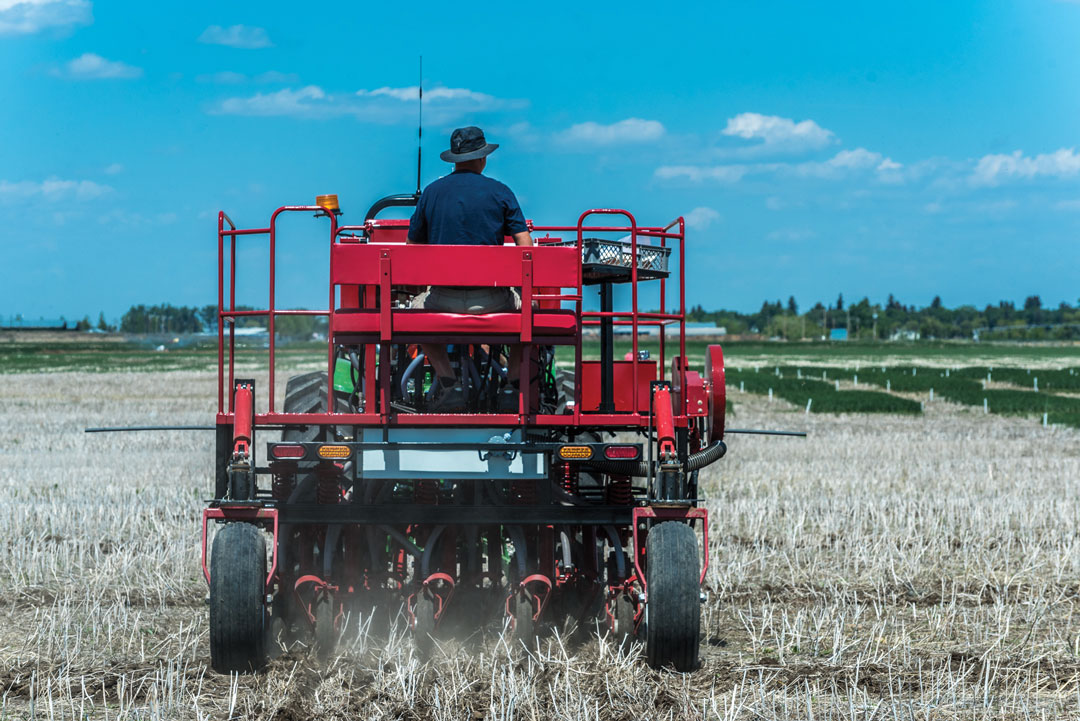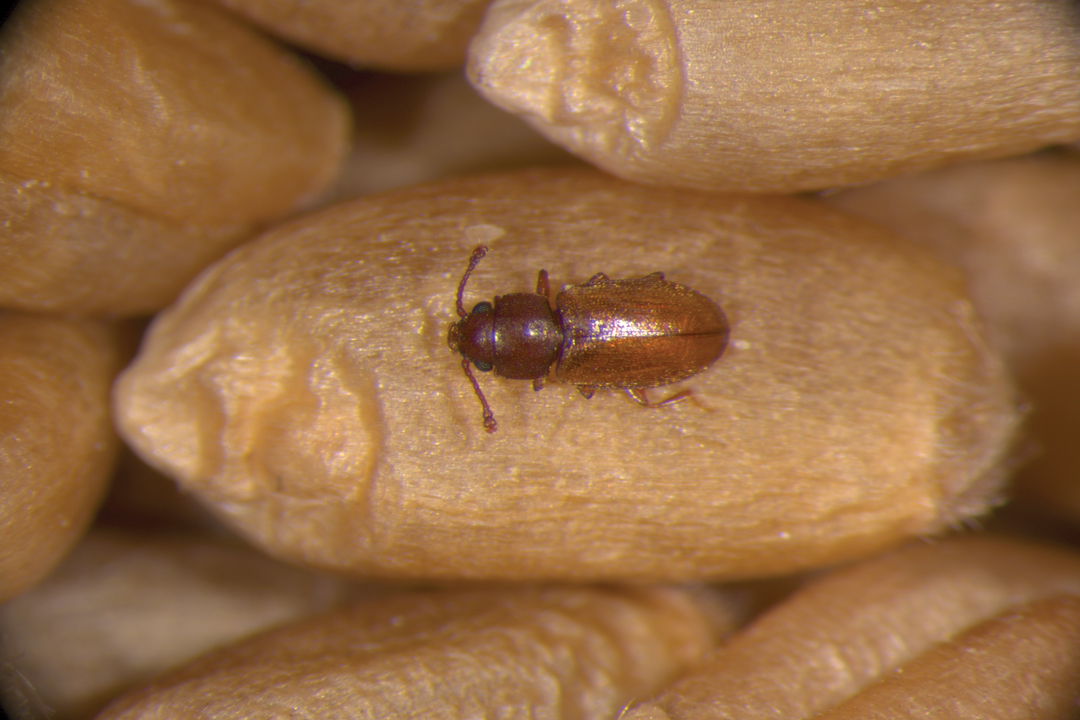FUNDING AGAIN UP FOR GRABS
BY MADELEINE BAERG • PHOTO COURTESY OF GEORGE CLAYTON AND ALBERTA WHEAT
The Canadian Wheat Research Coalition (CWRC) is neck deep in the preparation of a funding application in hopes of securing another round of Canadian National Wheat Cluster funding under Canada’s agricultural policy framework, known in its inaugural term as the Canadian Agricultural Partnership (CAP).
A $3 billion, five-year federal–provincial funding program, CAP concludes in March of 2023. While the 2021 federal election delayed the release of details about the next agricultural policy framework, which will run from 2023 to 2028, the government has indicated dollars will again be distributed as part of the AgriScience Clusters program.
If approved, cluster proposals are subsequently managed by industry-led administrators. Whether a wheat-specific cluster will again capture funding is far from guaranteed, however. “I anticipate there being more cluster submissions this time around from various industries, which means the competition will be stiffer,” said Lauren Comin, CWRC president and Alberta Wheat Commission and Alberta Barley director of research. “The pressure is even greater than in previous years to put in a really good submission.”
Under the current CAP framework, the Canadian National Wheat Cluster received $25 million in combined government and industry funding. The CWRC hopes to garner a similar amount in the next round. The program’s updated priorities for 2023 through 2028 were officially announced on Nov. 10 with the release of The Guelph Statement, a declaration written by the federal, provincial and territorial agriculture ministers. These include: climate change and the environment; science, research and innovation; market development and trade; building sector capacity and growth; and resiliency and public trust.
“Government will have to choose: do they prioritize the clusters in a list and take the top ones, or do they cut that funding pie in more pieces? We’re hoping for similar sized funding in the coming round,” said Comin.
CWRC gathered a working group composed of industry members and funders this past spring to develop ideas and direction for the upcoming cluster proposal. The group met with Agriculture and AgriFood Canada officials in July to discuss Ottawa’s preliminary focus areas. This allowed the wheat working group to determine where government and industry research priorities best intersect. “We’re trying to find that sweet spot where the two priority areas overlap in order to meet the government’s goals as well as our goals as wheat producers,” said Comin.
With priorities set, the working group made a request for research proposals. A wide range of agricultural scientists submitted 64 in total. Multiple reviews, adjustments and selections later, CWRC will collate the best project applications and submit a complete funding application to government by the fall of 2022.
“It’s a very intense process. This is important funding and you don’t want to make a mistake,” said Comin. “There can be some really great outcomes from this research and it’s going to affect the wheat industry across Canada. We take it very seriously.”
Comin expects some of the projects put forward, particularly those related to genetics, will build on previously funded projects. Others will be brand new and tailored to meet the evolution of both agricultural reality and government policy focus.
If the CWRC is successful in its second-round bid, a renewed cluster will ultimately benefit farmers. “Even though this is a government program and we’re trying to abide by government priorities, we always consider farmers,” said Comin. “We’re looking to fund what is in their best interest.”







Comments